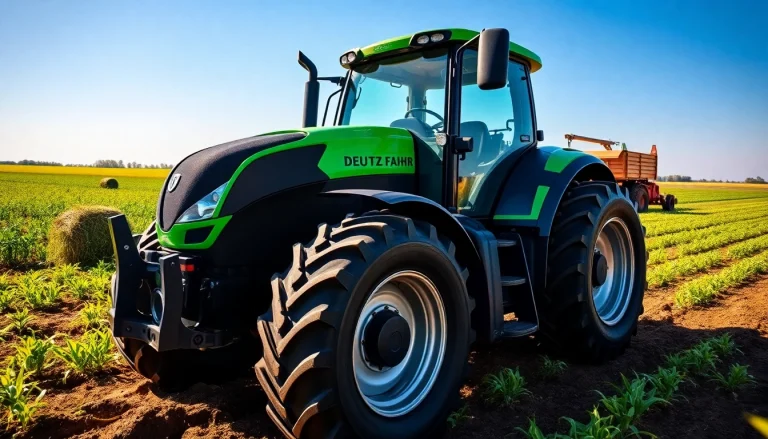Introduction to Oxy Acetylene Welding Kits
Welding is a vital skill in various industrial applications, and one of the traditional and established methods used for welding is the oxy acetylene process. At the core of this process is the oxy acetylene welding kit, a versatile device that combines oxygen and acetylene gases to produce a high-temperature flame suitable for welding and cutting metals.
What is an Oxy Acetylene Welding Kit?
An oxy acetylene welding kit consists of a torch, gas cylinders (for oxygen and acetylene), hoses, regulators, and various attachments. This kit is designed to provide a continuous flow of gases, which, when ignited, create a flame that can reach temperatures above 3,000 degrees Celsius (5,432 degrees Fahrenheit). This extreme heat is capable of melting metal and is essential for welding and cutting various materials.
Key Components of the Kit
Understanding the components of an oxy acetylene welding kit is crucial for both beginners and experienced welders. The main components include:
- Gas Cylinders: Two cylinders are essential: one for oxygen and one for acetylene. These cylinders must be stored and handled with care due to the flammability of acetylene and the high pressure of oxygen.
- Regulators: Regulators control the pressure from the gas cylinders, ensuring a safe and manageable flow to the torch.
- Hoses: Typically color-coded for safety, the hoses (usually red for acetylene and green for oxygen) transport the gases from the cylinders to the torch.
- The Torch: The heart of the operation, the torch mixes the two gases, allowing them to ignite and produce a flame.
- Welding Tips: Different tips can be attached to the torch for various applications, including cutting, welding, and brazing.
Applications in Welding and Cutting
Oxy acetylene welding kits are incredibly versatile. They are used in a range of applications, including:
- Metal Fabrication: Common in manufacturing, where various metal components are welded together.
- Automotive Repair: Mechanics use these kits for exhaust repairs and bodywork.
- Artistic Metalwork: Artists utilize oxy acetylene welding for sculptures and intricate designs through cutting and welding processes.
- Construction: It is employed in building structures and pipelines where metals need to be fused together.
Choosing the Right Oxy Acetylene Welding Kit
When it comes to selecting an oxy acetylene welding kit, several factors must be considered to ensure it meets your specific needs.
Factors to Consider When Buying
The right oxy acetylene welding kit will depend on several factors:
- Usage Level: Determine whether you need a basic kit for occasional use or a heavy-duty model for professional applications.
- Gas Cylinder Size: Larger cylinders will last longer but are heavier and pricier. Smaller cylinders are portable and ideal for light work.
- Safety Features: Look for kits with reliable regulators, secure connections, and high-quality hoses to minimize risks.
- Brand Reputation: Choosing renowned brands can provide assurance regarding quality and customer support.
Comparative Analysis of Popular Brands
Several brands dominate the oxy acetylene welding kit market, providing a diverse range of options:
- Victor: Known for its strong performance and reliability, Victor offers a variety of kits suitable for both amateurs and professionals.
- Harris: This brand features kits designed for professional use, emphasizing durability and ease of use.
- Lincoln Electric: Popular for its comprehensive kits, Lincoln Electric is a trusted name in welding, offering a range of features to cater to diverse applications.
- Unimig: Focused on affordability without sacrificing quality, Unimig provides models that are perfect for hobbyists and light industrial use.
Reviews of Top Oxy Acetylene Kits
When selecting an oxy acetylene welding kit, consumer reviews can provide valuable insights. Some highly rated kits are:
- Victor Oxy-Fuel Welding Kit: Praised for its ergonomic design and ease of setup, making it ideal for both beginners and experienced users. Users appreciate the consistent flame and adjustable settings.
- Harris Medium Duty Torch Kit: Known for its efficiency across diverse applications, this kit receives high marks for performance in both welding and cutting tasks.
- Unimig Oxy Acetylene Gas Kit: This popular option provides excellent value for money and is suitable for light industrial applications, garnering positive feedback for its user-friendly setup.
Setting Up Your Oxy Acetylene Welding Kit
Proper setup is essential for safety and effective welding or cutting.
Preparing Your Workspace
Before commencing work, ensure your workspace is safe and well-organized:
- Ensure adequate ventilation to prevent the buildup of harmful gases.
- Remove any flammable materials from the work area.
- Set up a sturdy workbench that can withstand high temperatures.
Assembling the Equipment Safely
Follow these steps to assemble your oxy acetylene welding kit safely:
- Securely attach the regulators to the gas cylinders.
- Connect the hoses, ensuring they are tightly sealed to prevent leaks.
- Attach the torch to the hose and select the appropriate welding tip for your task.
Safety Tip: Always check for gas leaks before igniting the torch by applying a soapy water solution to connections and watching for bubbles.
Understanding Gas Flow and Flame Settings
Proper flame setting is crucial for effective welding:
- The neutral flame is the most commonly used in welding; it produces a balanced mix of oxygen and acetylene.
- A carburizing flame has more acetylene and is used for specific applications, such as welding high-carbon steel.
- On the other hand, an oxidizing flame has more oxygen and is employed for projects requiring strong penetration.
Techniques for Effective Oxy Acetylene Welding
Mastering welding techniques requires practice and understanding of the processes involved.
Basic Welding Techniques for Beginners
Here are essential techniques for beginners:
- Control the Flame: Adjust the oxygen and acetylene to obtain the right flame type. Practice achieving a stable flame before attempting to weld.
- Maintain the Correct Angle: Hold the torch at a consistent angle of 45 degrees to the work surface for optimal results.
- Move Steadily: When welding, move at a consistent speed to ensure even penetration.
Advanced Techniques for Professional Use
For more experienced welders, advanced techniques include:
- Skillful Manipulation: Develop a feel for the flow of molten metal and practice different movements for complex welds.
- Welding Multiple Passes: This technique is essential for thicker materials, where successive welding passes build up strength and integrity.
- Controlling Heat Zones: Understand the importance of heat management to prevent warping and overheating in nearby materials.
Safety Practices and Equipment Maintenance
To prolong the life of your welding kit and ensure your safety:
- Wear appropriate personal protective equipment (PPE) including welding goggles, gloves, and flame-resistant clothing.
- Regularly inspect hoses and connections for wear and tear or leaks.
- Store cylinders upright and in a cool, dry place, ensuring they are secured to prevent tipping.
Conclusion: Maximizing Efficiency with Your Oxy Acetylene Welding Kit
Using an oxy acetylene welding kit effectively requires knowledge, practice, and attention to detail. By understanding the equipment, techniques, and safety measures, welders can achieve high-quality results.
Common Mistakes to Avoid
Even experienced welders can make mistakes. Here are common errors to watch out for:
- Inadequate Preparation: Failing to clean and prepare metal surfaces before welding can cause weak joints.
- Improper Heat Control: Not adjusting heat settings according to the material’s thickness can lead to damage or incomplete welds.
- Neglecting Safety: Always prioritize safety measures; cutting corners can lead to accidents.
Tips for Achieving Quality Welds
For the best welding outcomes:
- Practice regularly to improve your skills and confidence.
- Seek feedback from more experienced welders to refine techniques.
- Continuously educate yourself on new techniques and advancements in welding technology.
Resources for Continuous Learning in Welding
Consider enrolling in welding courses, attending workshops, or joining welding communities online for ongoing education. Many resources, both online and offline, provide updates on best practices, safety regulations, and innovative techniques in the field.








